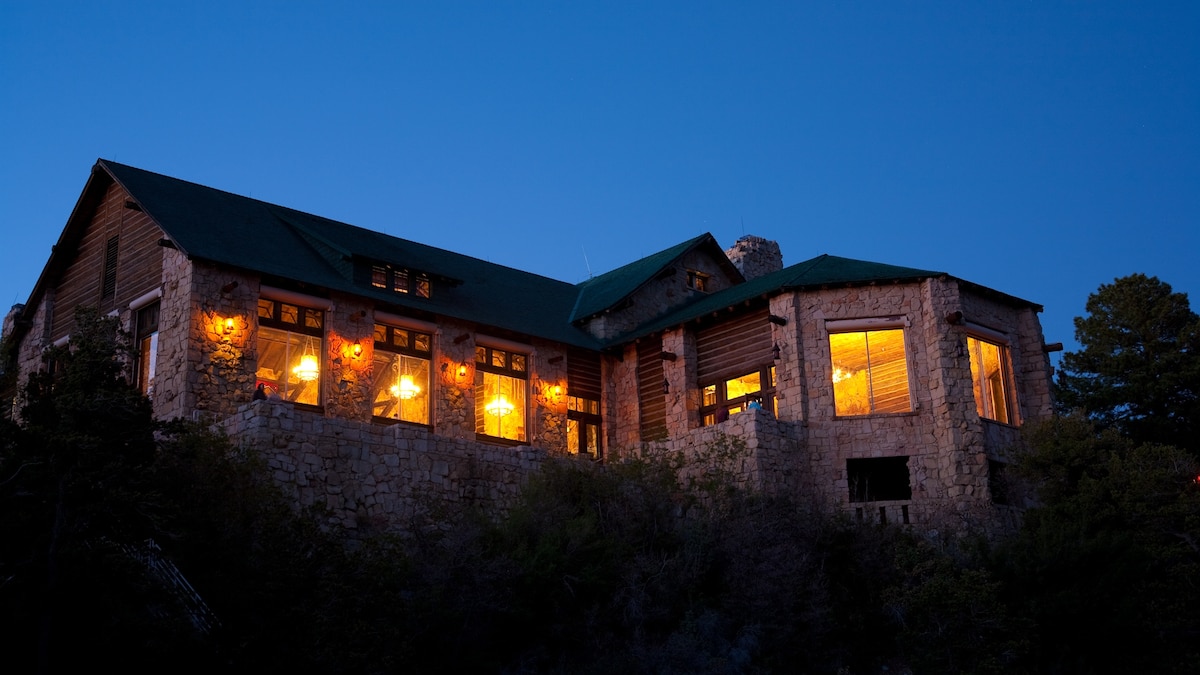Now Reading: Grand Canyon Lodge Memories Lost as Iconic Site Closes
-
01
Grand Canyon Lodge Memories Lost as Iconic Site Closes
Grand Canyon Lodge Memories Lost as Iconic Site Closes

Quick Summary
- Incident: The Grand Canyon Lodge on the north Rim of Grand Canyon National Park was destroyed in the Dragon Bravo Fire on July 12, 2025.
- fire Details: The wildfire, sparked by lightning and initially managed for resource benefits, has burned approximately 11,344 acres and remains uncontained due to strong winds.
- Impact: Popular hiking trails in the inner canyon corridor were closed after a damaged water treatment plant caused a chlorine gas leak. Phantom Ranch was evacuated.
- Historical Context: Originally built in 1928 with local materials, destroyed once in 1932 due to a runaway kitchen fire, and rebuilt by 1937. It was listed as a National Historic Landmark.
- Visitor Profile: While Grand Canyon National Park attracts millions annually,only about ten percent visit the remote north Rim featuring remarkable scenery and experiences.
- Emotional Response: Fond recollections from park researchers emphasize its role as an informal “clubhouse” offering moments of camaraderie alongside its monumental vistas.
Images Included:
- Smoke filling parts of the Grand Canyon (Photograph by Stuart Palley)
- Sunset view from Lodge patio (Photograph by Adam Schallau)
- Historic exterior view of Grand Canyon Lodge (Photograph by Adam Schallau)
- Interior view overlooking canyon through large windows (Photograph by Elliot Ross)
Indian Opinion Analysis
the destruction of the iconic Grand Canyon Lodge through natural disaster highlights the vulnerability of both human landmarks and ecological balance amidst increasing environmental challenges worldwide. In this case,mismanaged fire risks combined with adverse weather conditions led to irreversible cultural loss alongside sustained ecological damage.
For India-a country rich in UNESCO heritage sites positioned similarly amidst vulnerable ecosystems-the incident serves as a pivotal reminder about preparedness protocols for managing fires or environmental disasters affecting historic structures within national parks like Kaziranga or Gir forest reserves.
moreover, preserving such symbolic architecture enhances collective connectedness transcending nations emphasizing eco-tourist foundations!
























